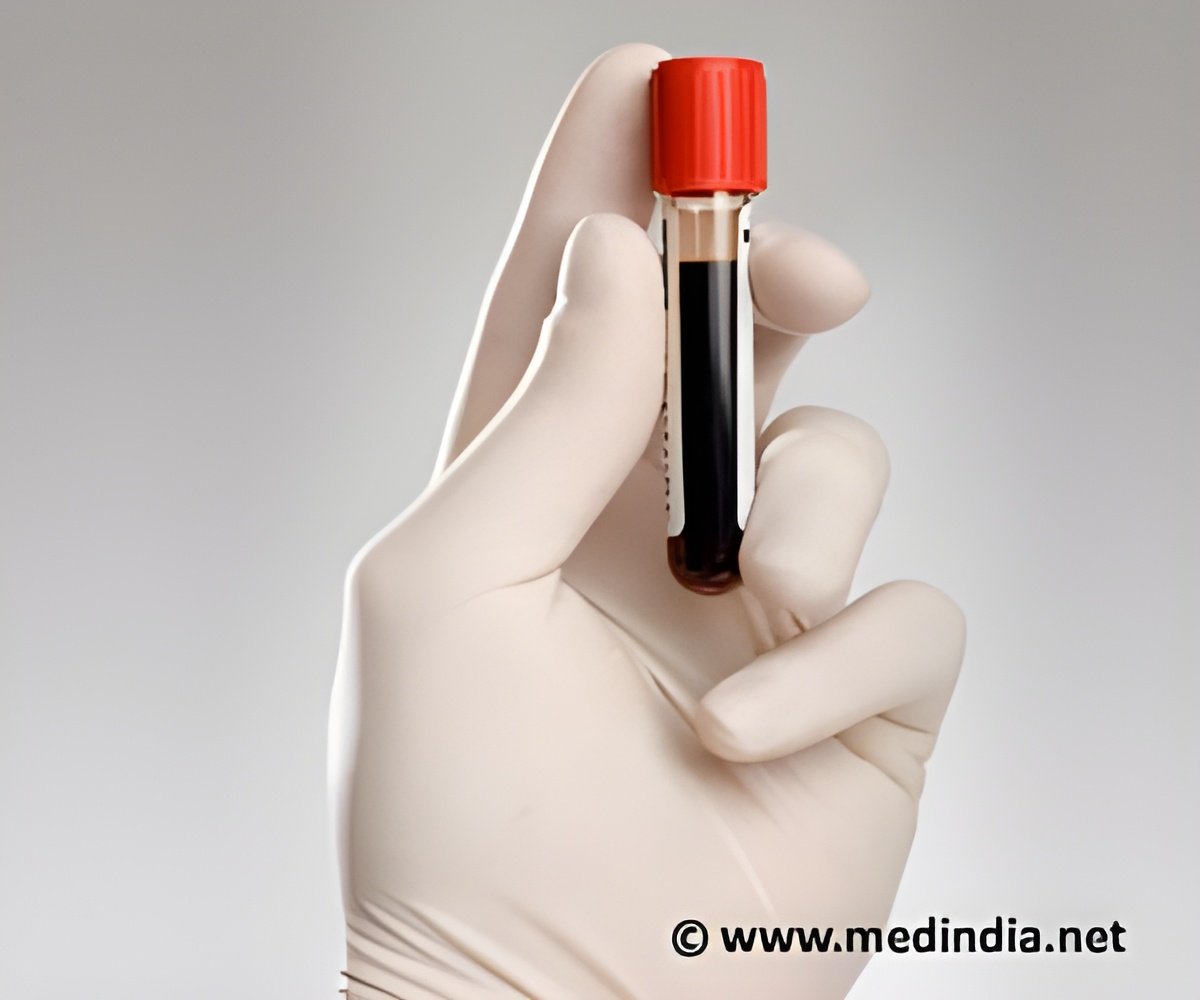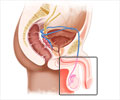
‘Preterm birth is a principal cause of death among kids under the age of five in low-income countries. Hence, a new study developed an algorithm that can correctly estimate a newborn’s gestational age within one to two weeks.’
Tweet it Now
New research shows that a mathematical model developed in Canada could help. The model, developed with support from the Bill & Melinda Gates Foundation, relies on simple blood tests done soon after birth, as well as birth weight and sex."We're using metabolic fingerprints - unique patterns in specific molecules found in the blood - to help estimate gestational age," said senior author Dr. Kumanan Wilson, an internal medicine specialist and senior scientist at The Ottawa Hospital and professor at the University of Ottawa. "This could be crucial to global efforts to reduce preterm birth and improve newborn health."
Dr. Wilson developed the model together with Dr. Steven Hawken, a scientist, and big data expert at The Ottawa Hospital and assistant professor at the University of Ottawa. After validating the model using Canadian data, they teamed up with researchers from Bangladesh to try it in another setting.
The team enrolled more than 1,000 pregnant women in the study from Matlab, a research field station of the International Centre for Diarrhoeal Disease Research, Bangladesh. The women received regular ultrasounds as a gold standard reference for gestational age. Soon after birth, a few drops of newborn blood were collected from either a heel prick or the umbilical cord. The blood samples were sent to Newborn Screening Ontario in Ottawa, Canada for testing and the data was analyzed at The Ottawa Hospital.
With the heel prick blood samples, the mathematical model could accurately estimate gestational age to within two weeks of the ultrasound-validated age 94 percent of the time. Using the cord blood samples, the model was accurate to within two weeks 90 percent of the time.
Advertisement
Source-Eurekalert














